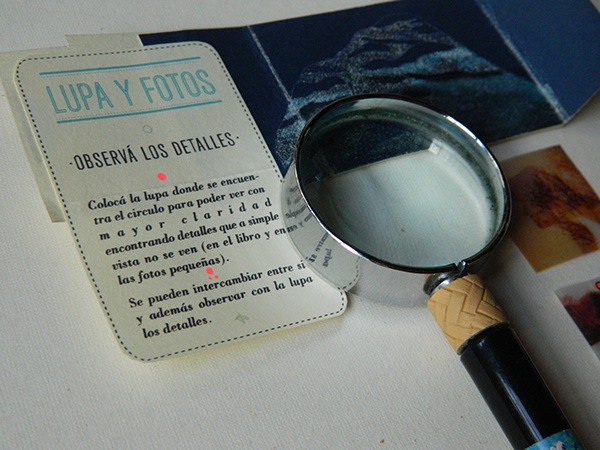How To Enable Search Products By SKU, Tags, Categories In WooCommerce
The product search function comes with WooCommerce is often enough for most stores. When you enter a search term in the WooCommerce default search box, if the search engine finds a text match in title or in content, the result will return. However, what if you want to search products by SKU, tags or catetgories? … Read more

